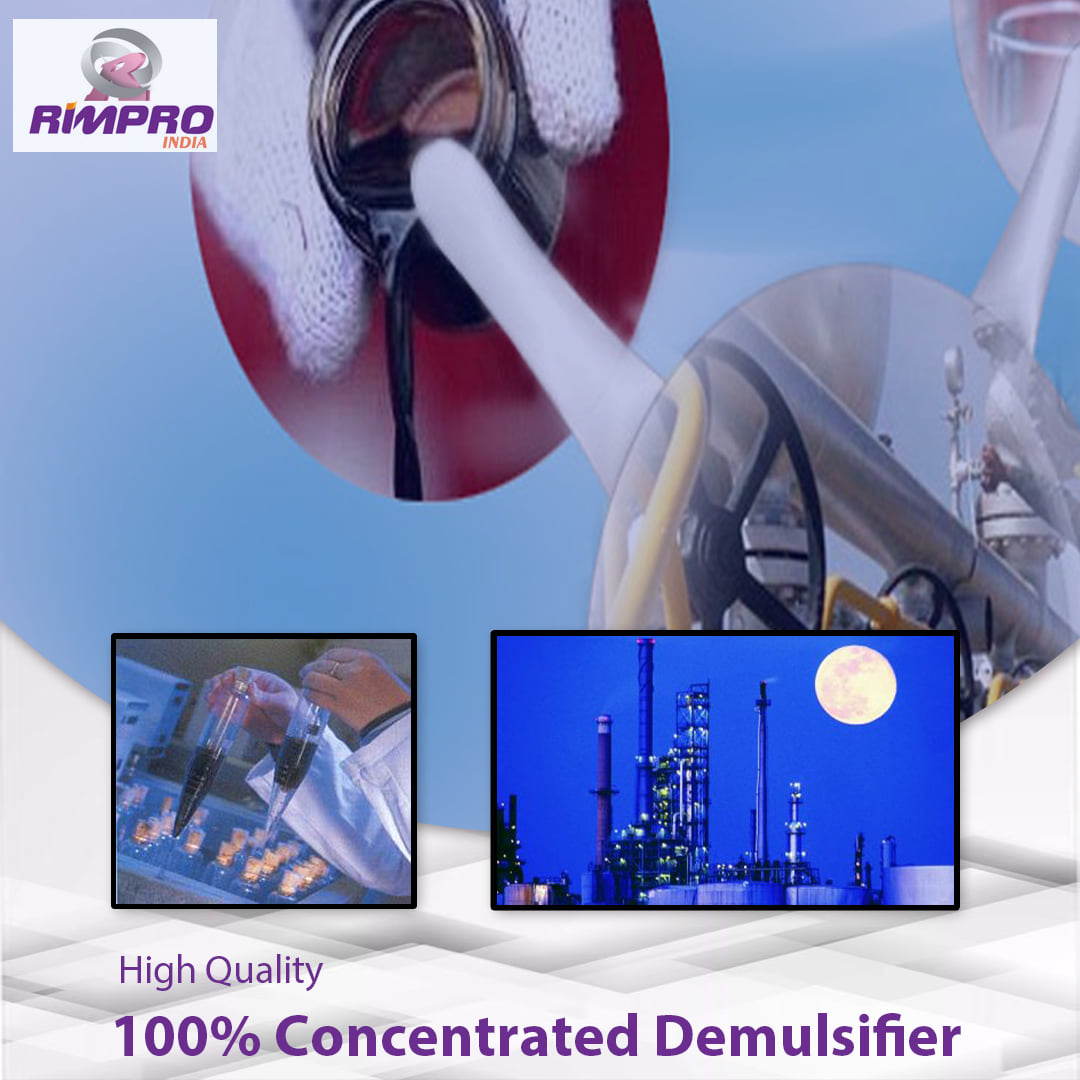 Menu
Menu
Characteristics of Demulsifiers & Emulsion Breakers
The development of nonionic surfactants for emulsion breaking was made possible by the discovery of ethylene oxide. The first ethylene oxide/propylene oxide block copolymers were highly effective crude oil demulsifiers. Then these emulsifiers were added to alkylphenol formaldehyde resins. Eventually, the process was refined to produce more cost-effective emulsifiers.
What is the Effect of Emulsion Breakers on Viscosity?
The effect of an emulsion breaker on viscoelastic properties is dependent on the type of fluid being broken, the composition, and the operating conditions. This article provides an overview of several methods for testing emulsion breakers, including density, size, and chemical composition. In addition, we'll discuss how ageing affects emulsion characteristics, and how the correct type of emulsion breaker can help refiners achieve optimum production.
What is the Cost of Emulsion Breakers?
When choosing an emulsion breaker, you must consider several factors. This is because timing is everything. An emulsion breaker should be effective with both light and heavy crude oils. Also, it should be able to function in different environmental conditions. HPI Processes, Inc. provides industrial-grade emulsion breakers that meet the specific needs of the crude oil industry. We'll go over some of the most important aspects that you should consider before making your decision.
What are Hybrid Compounds in Emulsion Breakers?
An emulsion breaker is a type of chemical that breaks up emulsions of gelled fluids. It is usually composed of a polymer or VES, which has the ability to reduce the viscosity of the gelled fluid. This emulsion breaker is dual-functional, containing both VES and polymer breakers. Its dual-functionality makes it an excellent choice for many applications.
What are Emulsion Breakers Offshore Applications?
An emulsion breaker is a chemical that can break up crude oil emulsions. The chemical is an excellent choice for this purpose as it can be used for large-scale or small-scale operations. The chemical treatment is proportional to the volume of oil being treated and does not penalize the operator when the amount of emulsions reduces. The chemical treatment requires low initial investment and low operating costs. The key to a successful operation is to use sufficient quantities of the most effective chemical and adequate agitation.
What are Demulsifiers?
A demulsifier is a speciality chemical that separates two liquids that are emulsified. This chemical is most commonly used in the processing of crude oil, which is commonly produced with significant amounts of saline water.

What is Hydrophilic-Lipophilic Balance (HLB)?
To define an emulsifier, you must first define what it is. The hydrophilic-lipophilic balance (HLB) is the measure of how hydrophilic or lipophilic a surfactant is. This balance is based on the size of the hydrophilic and hydrophobic moieties. The HLB of a surfactant is a useful parameter for the formulation of a food product and can be used to predict the stability of the emulsion.
Market size of Demulsifiers
Among all the industrial segments, the Middle East is expected to account for the largest share of the global demulsifier market during the forecast period. This region is primarily comprised of countries from the Middle East. The key applications of demulsifiers in the Middle East include crude oil, which is mostly derived from onshore reserves but is also used in offshore oil exploration. Moreover, demulsifiers are also widely used for lubricant manufacturing and industrial processes.
The global demulsifier market is expected to grow at a CAGR of over 4%, driven by increasing crude oil production. Crude oil processing plant demulsifiers are expected to dominate the global market during the forecast period. Meanwhile, biodegradable polymer-based demulsifiers are projected to be an opportunity in the future. The Middle East and Africa region will be the most lucrative region for the demulsifier market.
The Bottom Line
The global demulsifier market and Emulsion Breakers market is projected to witness significant growth during the forecast period. The major application for demulsifiers and Emulsion Breakers is in the oil industry. This trend is expected to continue over the forecast period.
